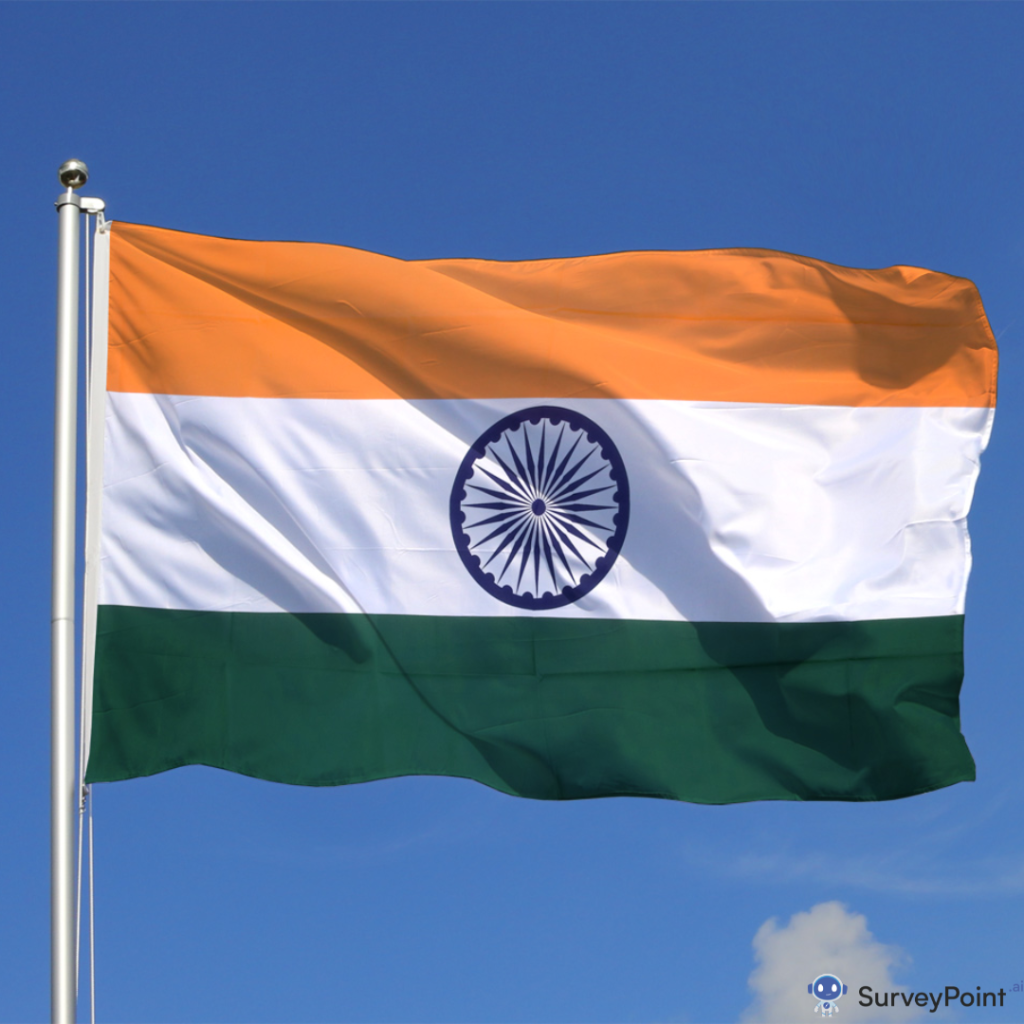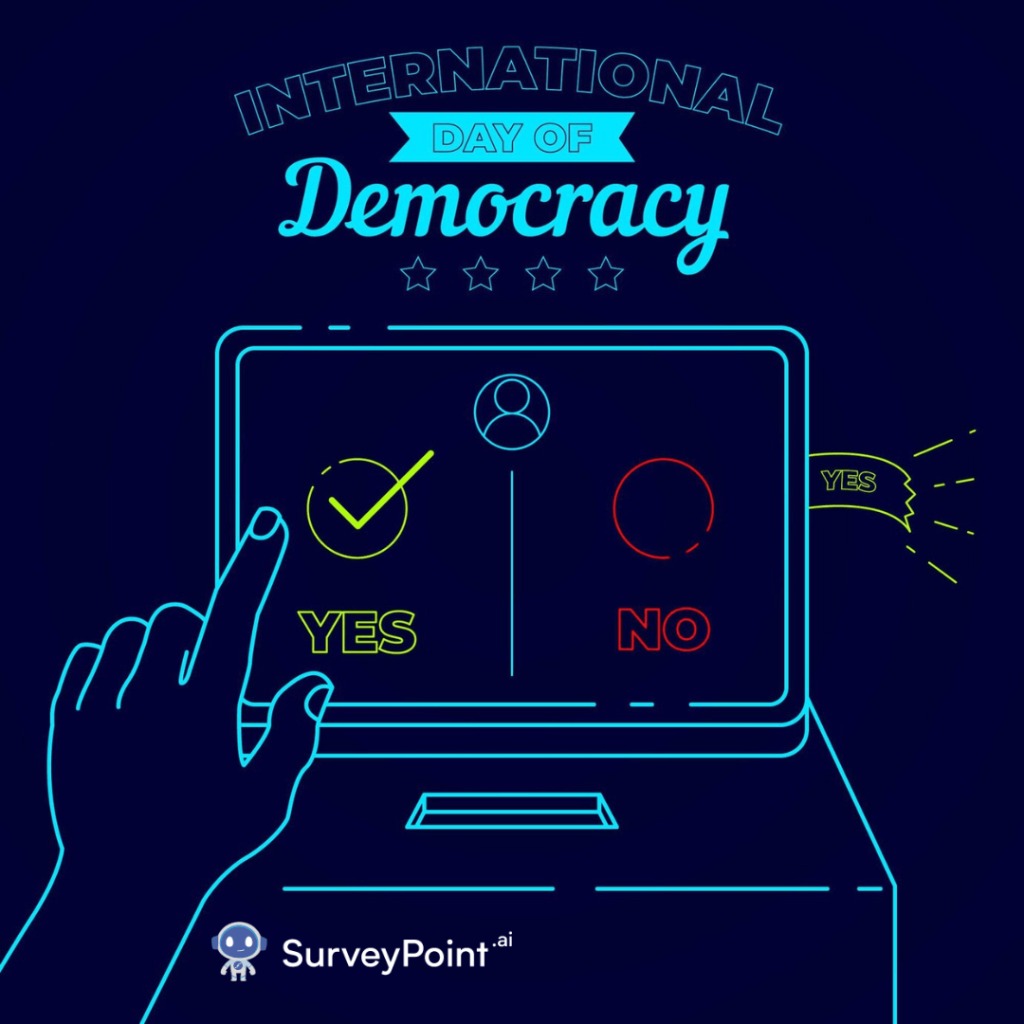
India, a land of rich cultural heritage and diversity, celebrates its Independence Day on the 15th of August every year. This day marks a significant milestone in the history of the nation, commemorating the end of British colonial rule and the birth of a sovereign and independent India in 1947. As the country gears up to celebrate its 78th Independence Day, it’s a time to reflect on the journey of India since gaining independence, the sacrifices of countless freedom fighters, and the vision of a prosperous and inclusive nation.
1. The Historical Context: Struggle for Independence
The British Colonial Era
India’s struggle for independence was long and arduous, spanning nearly two centuries under British colonial rule. The British East India Company first arrived in India in the early 1600s, gradually expanding its influence and control over the subcontinent. By the mid-19th century, India was effectively under British rule, with the British Crown taking direct control after the Indian Rebellion of 1857.
The Freedom Movement
The fight for independence was spearheaded by a diverse group of leaders and revolutionaries, each contributing in their unique way to the cause. The Indian National Congress, founded in 1885, became a central platform for political discourse and agitation against colonial rule. Leaders like Mahatma Gandhi, Jawaharlal Nehru, Subhas Chandra Bose, Sardar Vallabhbhai Patel, and many others played pivotal roles in mobilizing the masses and advocating for India’s freedom.
Key Events Leading to Independence
The struggle for independence witnessed several key events, including the Non-Cooperation Movement (1920-1922), the Civil Disobedience Movement (1930-1934), and the Quit India Movement (1942). These movements, characterized by mass protests, nonviolent resistance, and civil disobedience, put immense pressure on the British authorities. The economic strain on Britain post-World War II and the relentless demand for independence led to the eventual decision to grant India freedom.
2. The Moment of Independence: 15th August 1947
The Midnight of Freedom
On the midnight of 14th-15th August 1947, India finally achieved its hard-earned independence. The last Viceroy of India, Lord Mountbatten, formally transferred power to the Indian leaders. Jawaharlal Nehru, who became India’s first Prime Minister, delivered his iconic “Tryst with Destiny” speech, marking the birth of a new nation. This moment was celebrated with great joy and fervor across the country, but it was also a time of sorrow due to the partition of India and the ensuing communal violence.
Partition and its Aftermath
The partition of India led to the creation of two separate nations—India and Pakistan. The partition was accompanied by one of the largest mass migrations in history, with millions of people displaced and widespread communal violence. The aftermath of partition left deep scars on both nations, but India emerged determined to build a secular, democratic, and inclusive society.
3. Significance of Independence Day
A Day of National Pride
Independence Day is a day of immense national pride for every Indian. It symbolizes the victory of the Indian people over colonial oppression and their determination to shape their own destiny. The day serves as a reminder of the sacrifices made by countless freedom fighters who laid down their lives for the nation’s freedom.
Celebrations Across the Country
Independence Day is celebrated with great enthusiasm and patriotism across India. The day begins with the Prime Minister hoisting the national flag at the Red Fort in New Delhi, followed by a grand parade showcasing India’s cultural diversity, military prowess, and achievements in various fields. The President of India delivers a speech addressing the nation, highlighting the progress made and the challenges ahead.
Cultural Programs and Activities
Schools, colleges, and institutions across the country organize cultural programs, including patriotic songs, dances, and plays depicting the freedom struggle. Various competitions, such as essay writing, painting, and debates on the theme of independence, are held to engage the younger generation in understanding the significance of the day.
4. India’s Journey Since Independence
Economic Progress and Development
Since gaining independence, India has made significant strides in various sectors, transforming itself from a predominantly agrarian economy to one of the world’s fastest-growing economies. The country has achieved remarkable progress in areas such as science and technology, space exploration, education, and infrastructure development. India is now a global leader in information technology, pharmaceuticals, and space research, with a growing influence on the world stage.
Challenges and Achievements
India’s journey has not been without challenges. The country has faced issues like poverty, illiteracy, communalism, and corruption. However, through the collective efforts of its people and government, India has made substantial progress in addressing these challenges. The Green Revolution, White Revolution, economic liberalization in the 1990s, and the Digital India initiative are some of the milestones that have shaped the nation’s growth trajectory.
Social and Cultural Evolution
India’s social and cultural landscape has also evolved significantly since independence. The nation has made strides in promoting gender equality, social justice, and inclusive development. The Indian Constitution, which came into effect on 26th January 1950, enshrines the values of democracy, secularism, and fundamental rights for all citizens, guiding the nation’s social and political framework.
5. The Vision for the Future
Building a New India
As India celebrates its 78th Independence Day, there is a renewed focus on building a “New India” that is self-reliant, sustainable, and inclusive. The government’s initiatives like “Make in India,” “Startup India,” “Swachh Bharat,” and “Atmanirbhar Bharat” aim to empower the nation economically and socially. The vision for the future includes achieving sustainable development goals, ensuring equal opportunities for all citizens, and positioning India as a global leader in innovation and technology.
The Role of the Youth
The youth of India play a crucial role in realizing the vision of a prosperous and progressive nation. With a young and dynamic population, India has the potential to harness the energy, creativity, and innovation of its youth to drive economic growth and social change. The focus on education, skill development, and entrepreneurship will be key to empowering the next generation to take India to new heights.
The Global Perspective
India’s role on the global stage is increasingly significant, with its contributions to peace, diplomacy, and sustainable development. As a member of international organizations like the United Nations, G20, and BRICS, India is actively involved in shaping global policies and addressing challenges like climate change, terrorism, and economic inequality.
Conclusion
Independence Day is not just a day of celebration; it is a day of reflection, remembrance, and renewal of our commitment to the values that define India as a nation. As we celebrate 78 years of freedom, it is essential to honor the legacy of those who fought for our independence and to strive towards building a nation that upholds the principles of justice, equality, and liberty for all its citizens.
India’s journey since independence has been one of resilience, progress, and transformation. As we look to the future, let us work together to realize the dreams of our forefathers—a nation that is prosperous, inclusive, and a beacon of hope and peace in the world. Happy Independence Day! Jai Hind!
For more information checkout- surveypoint.ai




